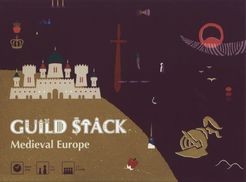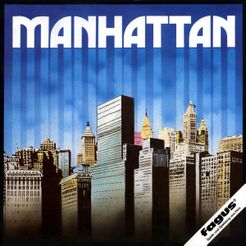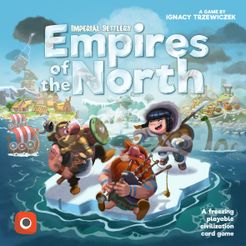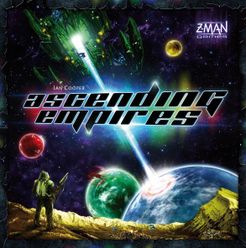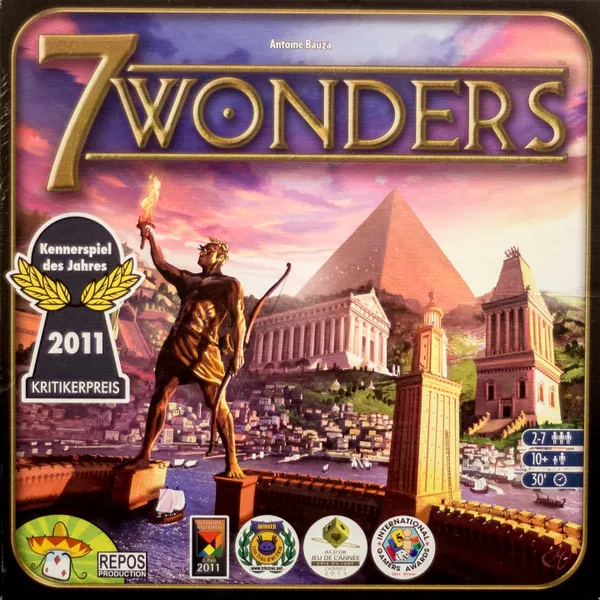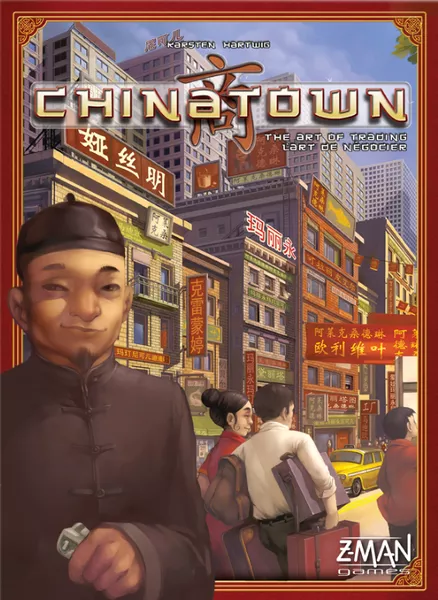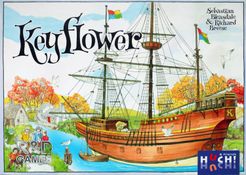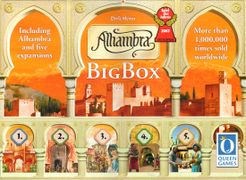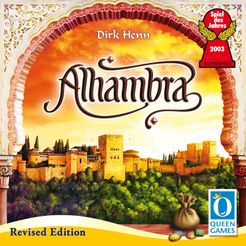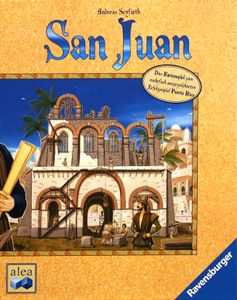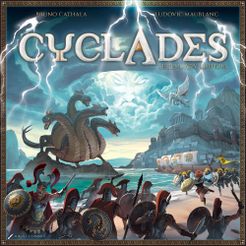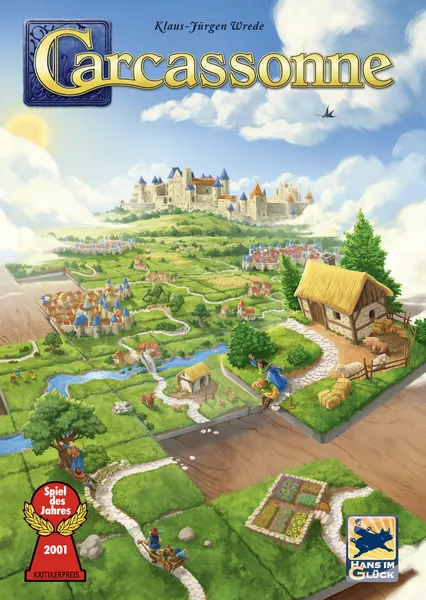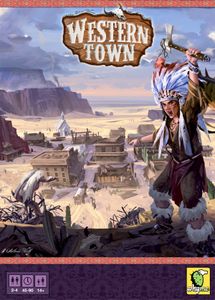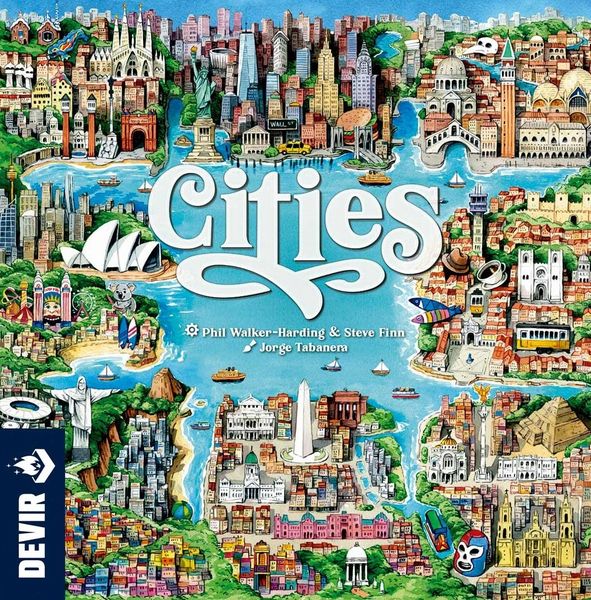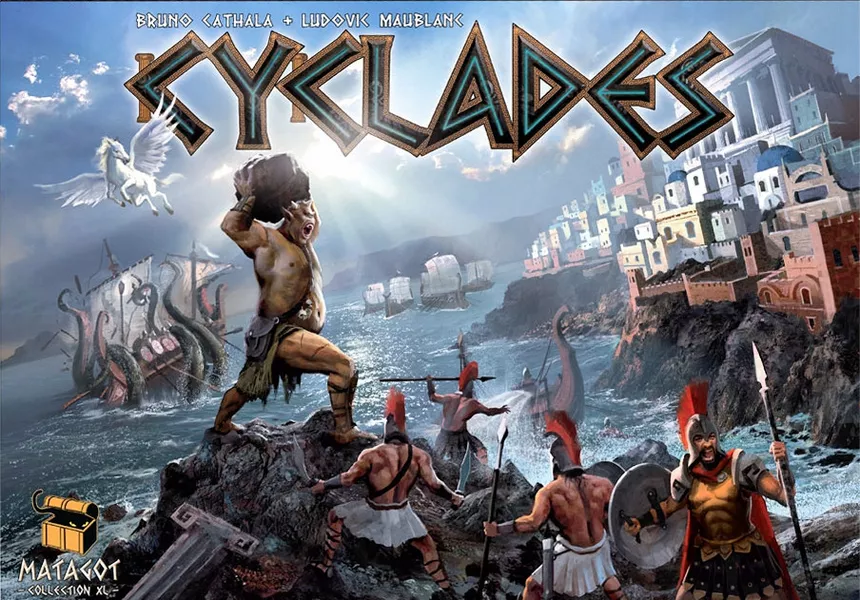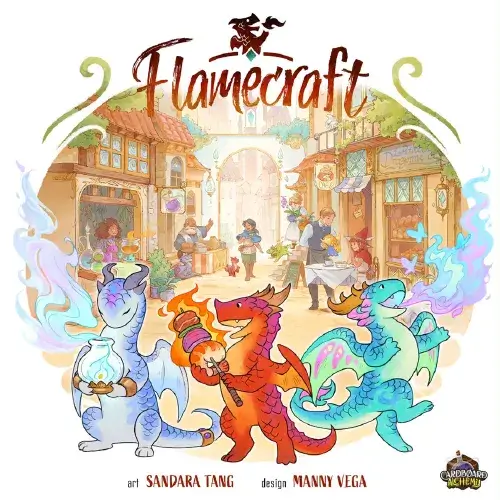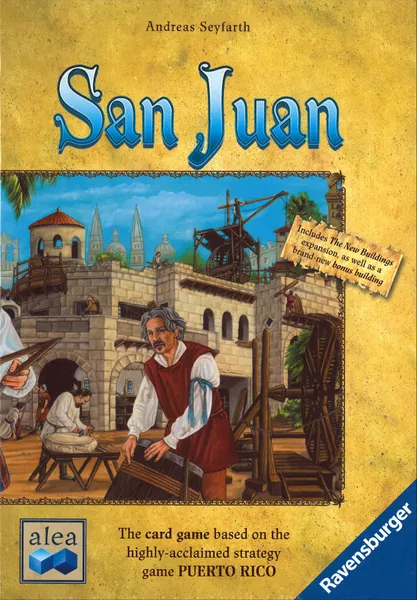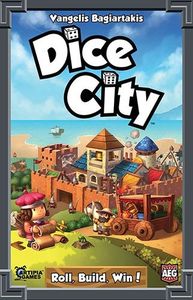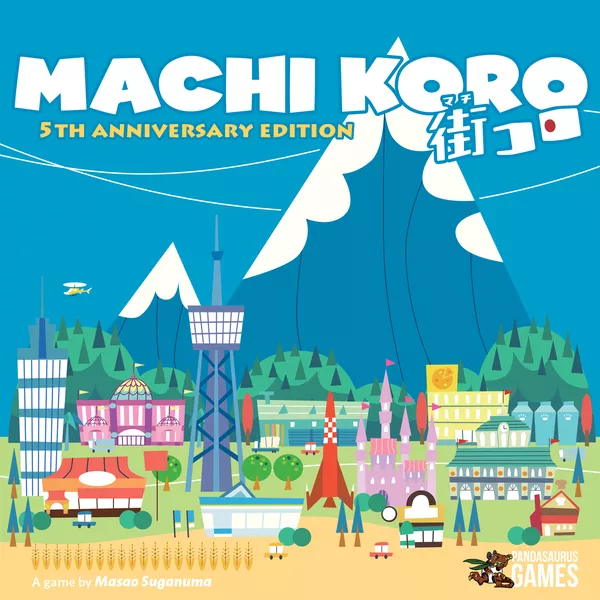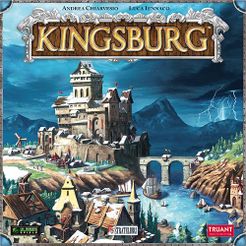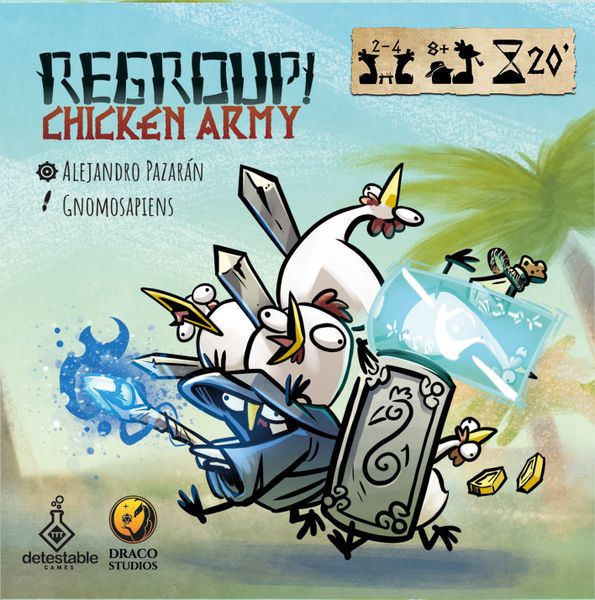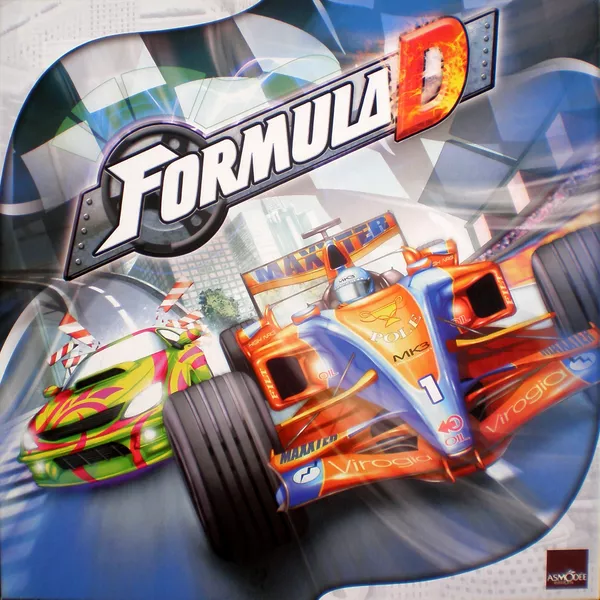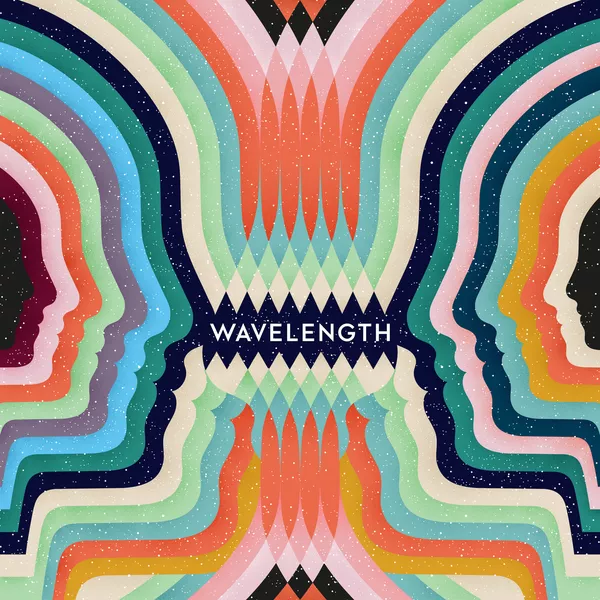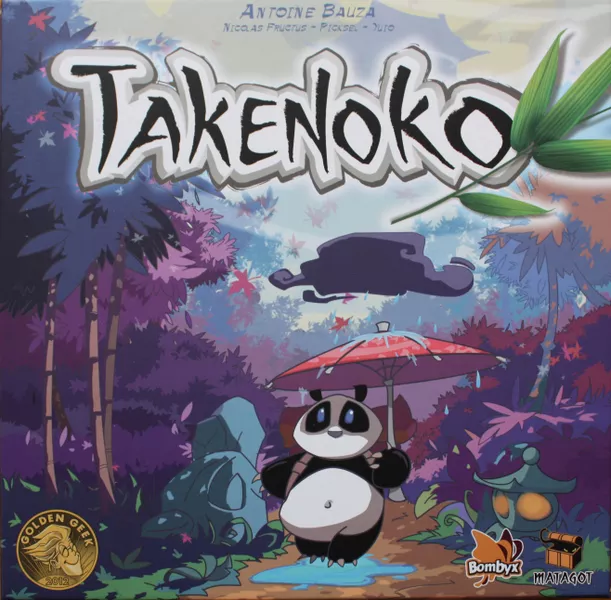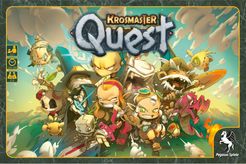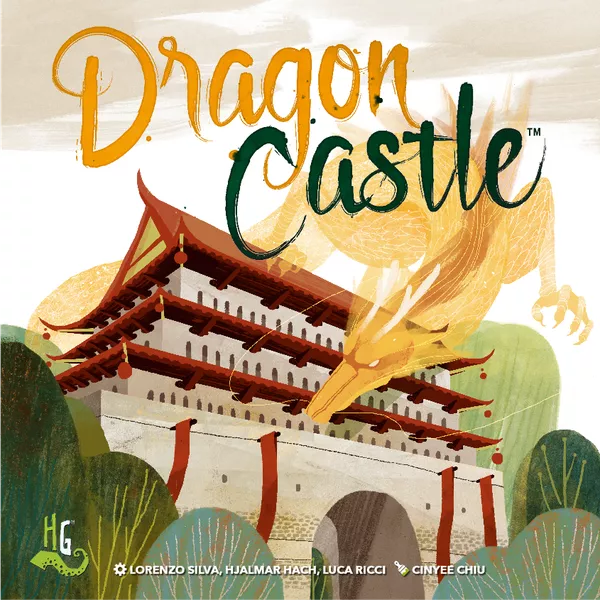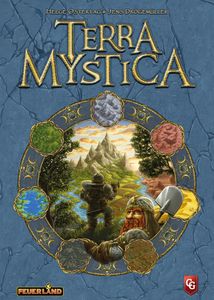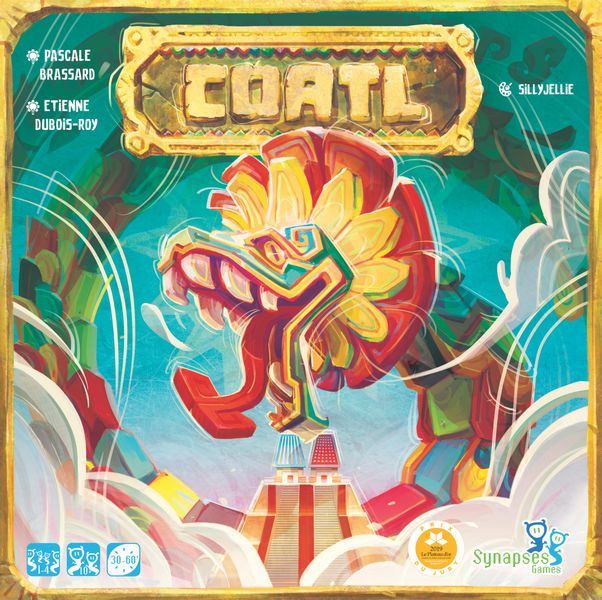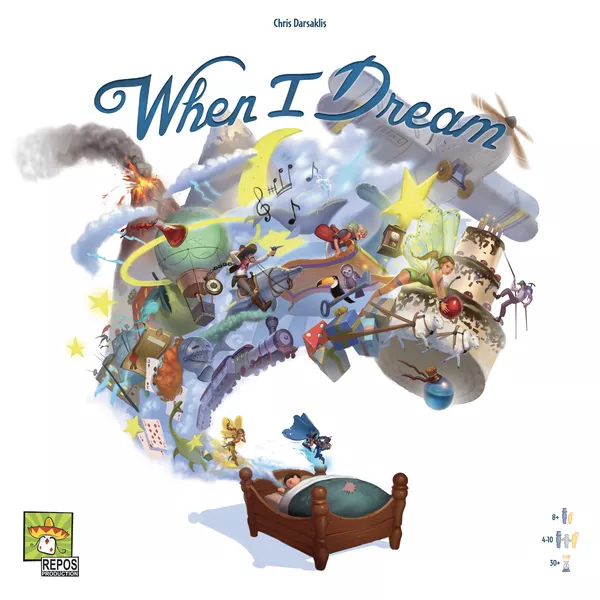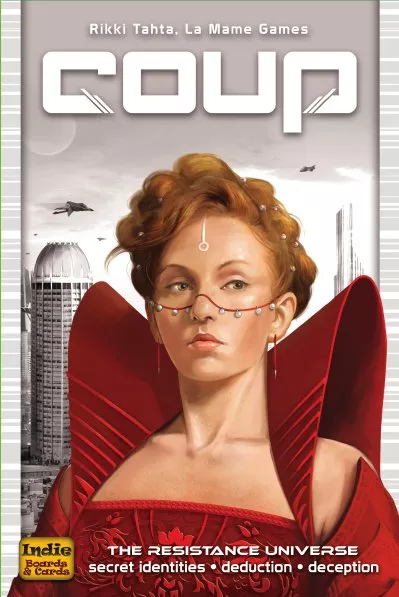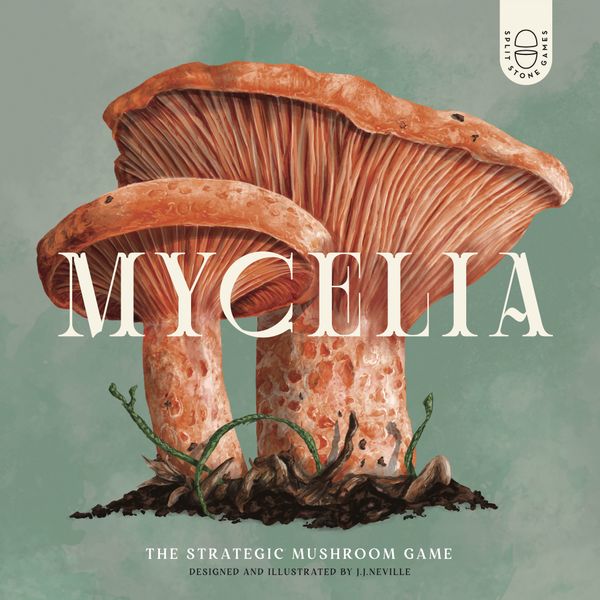Guild Stack (2013)
Designer: Sota Kotajima
Publisher: Hikidashi Trick
- Overview
- How to Play
- Videos
- Play Now
- Ratings & Comments
From the back of the box:
In this game the player is charged with governing his territory as an "invisible power" by cycling through various exciting occupations from king to slave to revolutionary or from farmer to doctor, spy and many, many more. Through the strategic use of occupations, constructions of buildings, each player can collaborate or interfere with other players to the enlargement of their territories and sphere of influence.
Guild Stack is a game of speed and strategy, in which players are competing with all means to further their development. The buildings on the game ground are available for common use, using them for your purpose might have unintended consequences by profiting others. In some cases, other players can benefit even more from the buildings you made than yourself! The players have to work around this dilemma by developing their own strategy.
In Guild Stack players players start with 3 lands. Every turn you add a building to one of these lands. In a turn you can also acquire an occupation if one of your lands has no occupation on it and the required buildings are present. These occupations are mostly triggered by the building of certain buildings. You can do this yourself or react to your opponents. When triggered you can (among others) get points or more lands. There are also options to sabotage the buildings of other players. Combined with the triggering of the buildings this gives a lot of interaction in the game.
The game can end in 3 ways. The most common is for one of the players the reach the necessary score. What this score is depends on the number of players. The game also ends when three types of buildings run out or a player cannot place a building any more (because his lands are full).
Where to Buy Guild Stack (2013)
*We could earn commissions when you purchase through these links.



